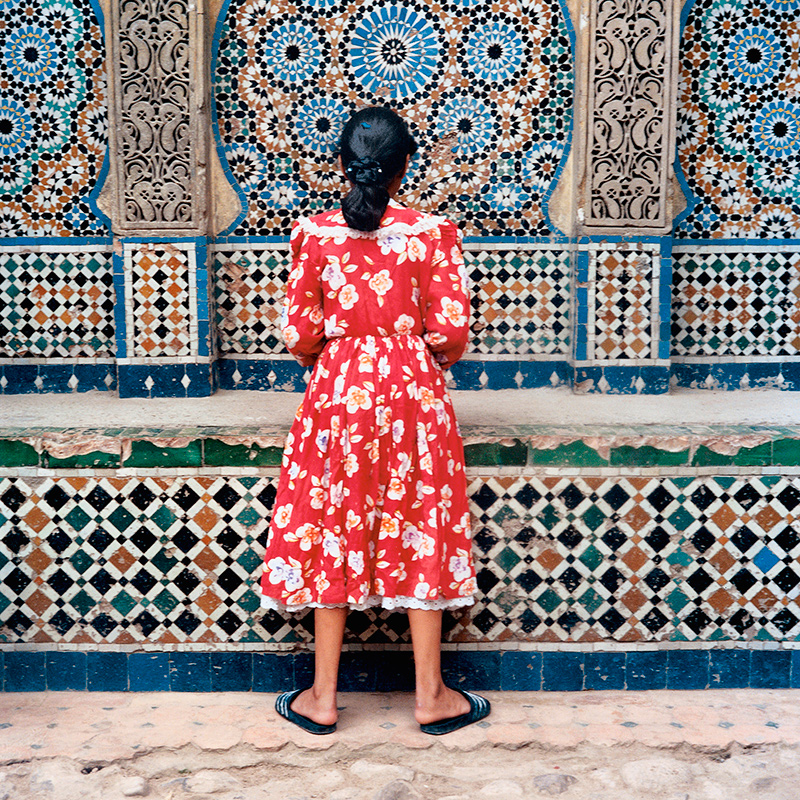Morocco/France
Abby Placik
Born in Paris in 1971 and raised in Tangier, Morocco, Yto Barrada grew up crossing borders between the two continents, increasingly aware of her privileged mobility. 1 Studying political science at the Sorbonne, she discovered her passion for photography while capturing images of roadblocks in the West Bank. 2 Throughout her career, Barrada has continued to document the harsh realities of life in and around Tangier; her oeuvre—photographs, films, publications, installations, and sculptures— chronicles the violence and tension of the great divide between North Africa and Europe. After returning to her native Tangier, Barrada became sensitive to the intense desire of those prohibited from leaving Africa for Europe and the consequences of attempting to make this journey unlawfully. Since the early 1990s, with the implementation of the Schengen Agreement, travel across the Mediterranean has no longer been unrestricted. Not all Africans are able to obtain the necessary visa, and thousands have risked their lives and died in the Strait of Gibraltar.

Chromogenic print
49 x 49 in (124.5 x 124.5 cm)
International Center of Photography
Purchase, with funds provided by
Anne and Joel Ehrenkranz, 2007 (2007.7.1)
Girl in Red, Tangier (1999) is part of the series A Life Full of Holes: The Strait Project (1998-2003), which examines the disillusionment of those who desire to leave Tangier. 3 The title of the project alludes to the novel A Life Full of Holes (1964) written by Driss Ben Hamed Charhadi and translated by Paul Bowles, the celebrated American writer who settled in the North African city. The subject of Girl in Red, Tangier (1999) wears a bright crimson dress of floral print and Western-style sandals and leans against a wall of zellij, the traditional Moroccan tile. Her dress stands in contrast to the azure wall. The competing patterns of her floral garment and the geometric tiles exploit the orientalist character of the image. Her back turned to the viewer, she refuses to confront the Western gaze. 4 The composition of the photograph emphasizes the tension between East and West.
- Amanda Crawley Jackson, “‘Cette Poétique du Politique’: Political and Representational Ecologies in the Work of Yto Barrada,” L’Esprit Créateur 51, no. 1 (2011): 53, doi:10.1353/esp.2011.0007. ↑
- Hossein Amirsadeghi, Salwa Mikdadi, and Nada M Shabout, New Vision: Arab Contemporary Art in the 21st Century (London: Thames & Hudson, 2009), 98. ↑
- Gregory Salzman, Of People and Places, “Yto Barrada The Iris Tingitana Project,” (Amherst, Massachusetts: University Gallery, 2009), 17. ↑
- Jackson, “Cette Poétique Du Politique,” 64-65. ↑
